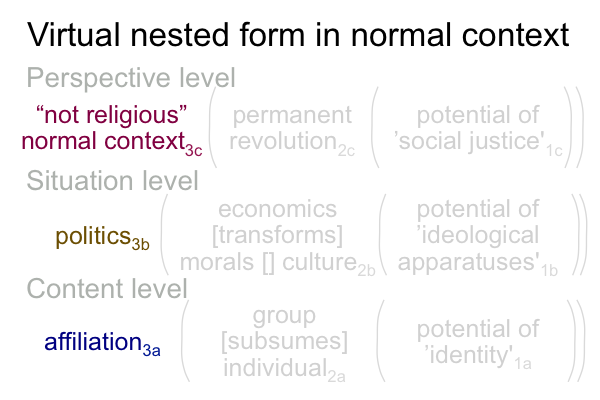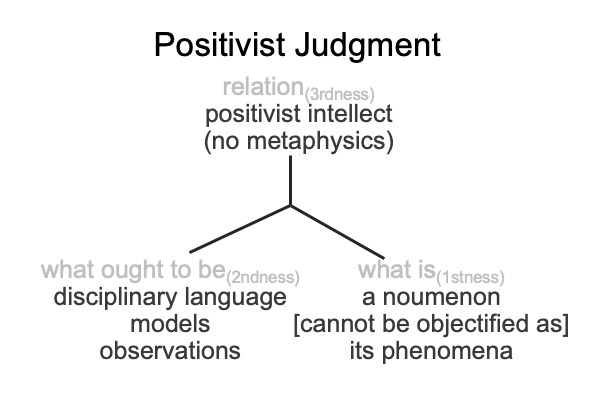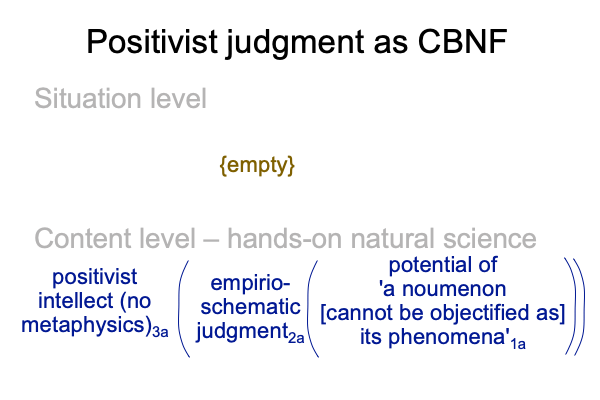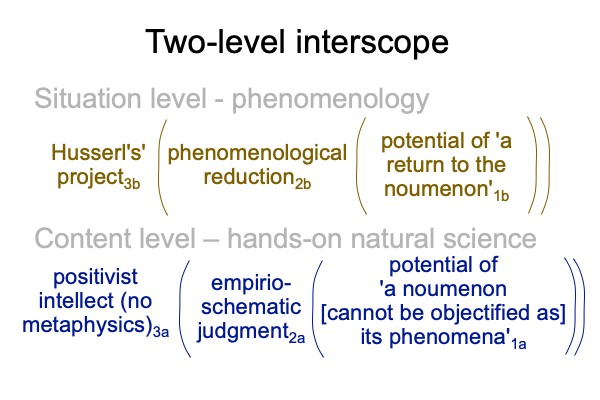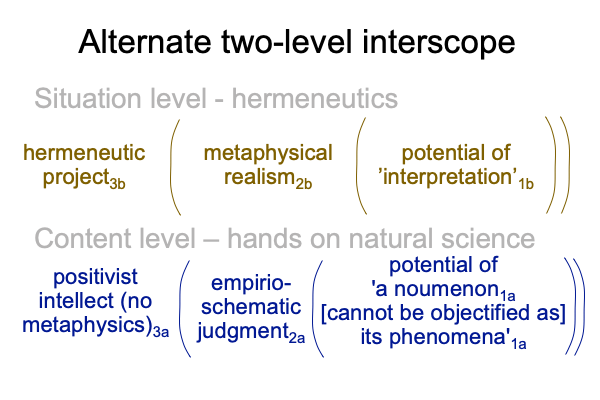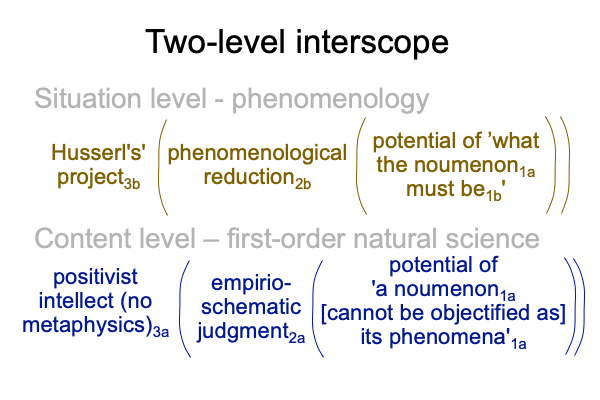Looking at Thomas Michaud’s Essay (2021) “Anatomy of the Progressive Revolution” (Part 8 of 9)
0032 According to progressive doctrine, traditional morals and culture2 yield economic and political structures1 that inherently victimize groups that do not adhere to the morals and the cultural expectations of the dominant tradition. That is, religion3 promulgates a morality2, that sustains a culture2, bent on victimizing those who are “not religious”. The victimization occurs through political and economic means1.
0033 In response, progressives encourage the sovereign state to expand in every fashion. According to How To Define The Word “Religion”, progressive institutions are infrasovereign religions calling on sovereign power in order to implement their objectives. They call on the sovereign to regulate the organization tier, through economic interventions. They also call on the sovereign to fund ideological apparatuses1b that promote the doctrine of social justice1c and popularize the necessity of possessing an identity1a (as a badge of group subsumption2a).
0034 Consequently, the progressive (situation-level) category-based nested form has the same flows as the original, traditional category-based nested form.
In the original, religion3 flows into morality2, morality2 sustains culture2, and the potential of ‘politics and economics’1underlies the dynamism of culture2. In terms of Adam Smith’s model, the first transcategorical flow corresponds to “moral sentiments” and the second transcategorical flow associates to the so-called “invisible hand”. So, the arrows go from normal context3 and potential1 towards actuality2.
In the progressive, politics3 flows into economic interventions2, economics2 transforms (traditional) morals [&] culture2. At the same time, the potential of ‘ideological apparatuses’1 undermines (traditional) morals [&] culture2 and reinforces (progressive) morals [&] culture2.
0035 Here is a picture.

0036 In sum, the progressive misrepresents the transcategorical flows for the traditional schema, while practicing the identical transcategorical flows as the traditional schema.

